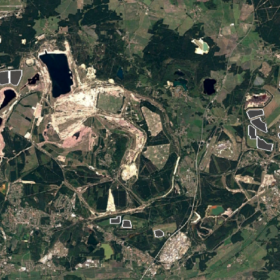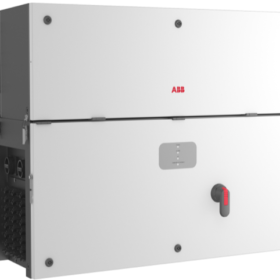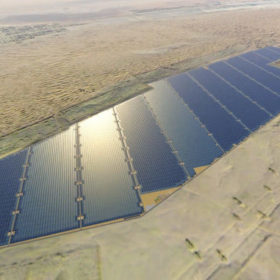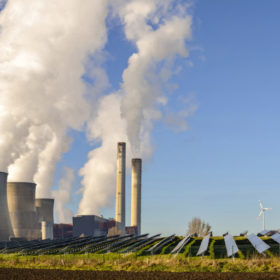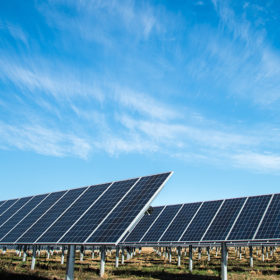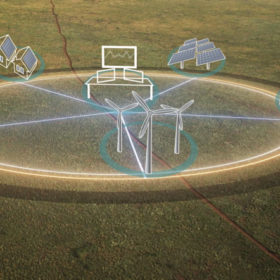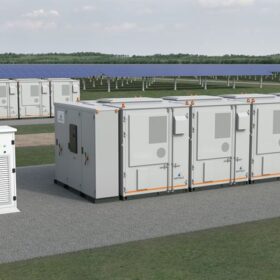Nuclear: A poor investment strategy for clean energy
Study claims that investment in a new 1GW nuclear power plant leads to average losses of approximately 4.8 billion euros. It further argues that the technology’s dangerous radioactivity emissions and proliferation risks do not qualify it as a ‘clean’ energy solution to be considered for addressing climate change. Yet still, governments are incorporating the technology into clean energy plans around the world.
PV module demand expected to reach 125.5 GW in 2019, TrendForce
According to the Taiwanese market research company, PV module demand will increase by 16% over 2018 shipments. TrendForce also believes this growth trend will continue in 2020.
Global renewables investment fell in the first half of this year
While Spain, Sweden, Ukraine and Brazil attracted more funds than last year, China’s transition to an auction-based procurement system and slow performance overall in Europe saw worldwide backing decrease. BloombergNEF does expect investments to ramp up in the second half, however.
Large clusters of solar power stations
In the last of a series of blogs, solar pioneer Philip Wolfe looks at areas where solar generating stations are clustered together, without the coordination afforded by organised solar parks.
ABB exits solar inverter business
This Swiss giant is following a trend as large multinational high-tech companies see their role as redesigning infrastructure rather than supplying inverters at ever lower margins. Schneider Electric has pulled out of large scale solar, Siemens’ Kaco acquisition and Junelight launch show increasing interest in the C&I and residential markets, and GE is likely to divest its power conversion business due to low profit margins in that sector.
IHS Markit: Global EPC market grew 34% last year
China’s slowdown in installations last year was more than made up for by expansion elsewhere, according to IHS Markit. The news comes amid increasing market fragmentation – with the biggest engineering, procurement and construction business boasting less than 3% market share – and internationalization, with almost half of the top 15 companies operating across more than one region.
IEEFA Energy Finance 2019: Coal pipeline shrinking, stranded asset risk ballooning, renewables ever cheaper
Coal fleets represent huge financial risk to shareholders and investors write Tim Buckley IEEFA’S Director of Energy Finance Studies, Kate Finlayson the organisation’s Senior Communications Strategist.
‘Turbocharging’ silicon PV: MIT scientists scratch the surface of singlet exciton fission
Scientists at the Massachusetts Institute of Technology have developed a device they say could “turbocharge” a single-junction silicon PV cell, pushing the technology beyond its theoretical limit to efficiencies of 35% and higher.
Octopus Energy Investments picks a side as the global energy investor rebrands as Octopus Renewables
Octopus Energy Investments, the UK’s largest investor in utility scale solar, which set up an office in Melbourne last year, has rebranded itself as Octopus Renewables as the £3 billion (AU$5.3 billion) global fund manager looks to throw its considerable weight behind the global energy transition to renewables.
EY blog warns grid operators ‘the clock is ticking’
The energy transition is accelerating, Ernst & Young global energy leader Benoit Laclau has warned grid operators, thanks to the confluence of digitization, decentralization and decarbonization. Traditional utilities must get with the program or be swept aside.



